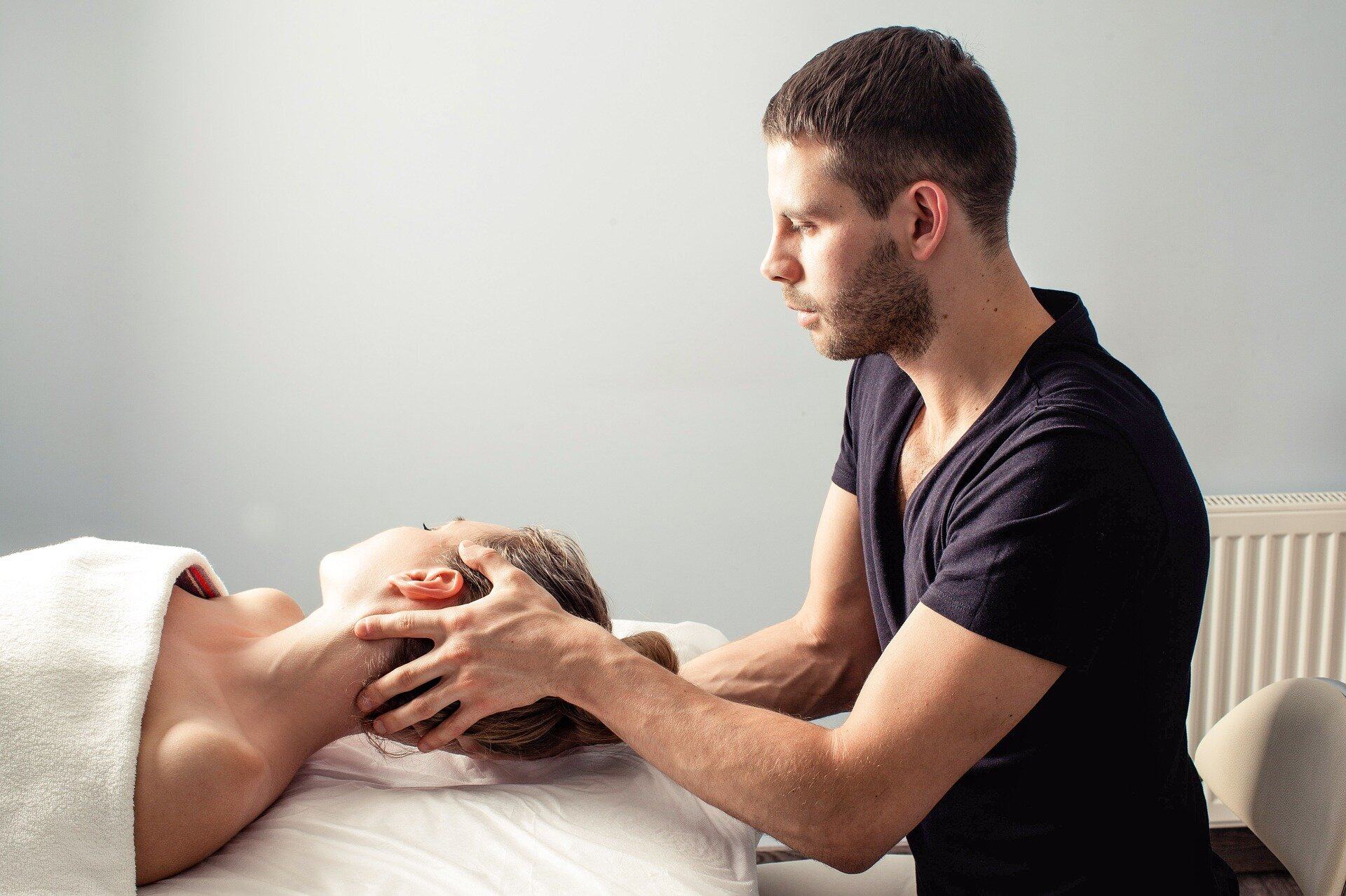
What is the Trager Approach? The Trager Approach is a unique method of bodywork that combines gentle, rhythmic movements with mindful awareness to release deep-seated tension and promote relaxation. Developed by Dr. Milton Trager, this technique aims to re-educate the nervous system, helping individuals move with greater ease and fluidity. Unlike traditional massage, the Trager Approach focuses on the mind-body connection, encouraging clients to explore new ways of moving and feeling. Sessions often include a combination of table work and movement education, known as Mentastics. This holistic approach can benefit anyone looking to improve their physical and emotional well-being.
Key Takeaways:
- The Trager Approach is a gentle bodywork method that promotes relaxation and stress reduction. It uses rhythmic movements and Mentastics exercises to improve mobility and emotional well-being.
- Trager sessions involve gentle touch and client feedback in a comfortable environment. Practitioners undergo comprehensive training and certification, and the approach is used in rehabilitation, sports, chronic conditions, mental health, and elderly care.
What is the Trager Approach?
The Trager Approach is a unique form of bodywork and movement education. It aims to release deep-seated tension patterns and promote relaxation. Here are some interesting facts about this therapeutic method.
-
Developed by Dr. Milton Trager: The Trager Approach was created by Dr. Milton Trager, a medical doctor and bodywork practitioner. His journey began in the 1920s when he started experimenting with movement and touch to alleviate his own physical discomfort.
-
Mind-Body Connection: This method emphasizes the connection between the mind and body. Practitioners believe that mental and emotional states can significantly impact physical tension and pain.
-
Gentle Movements: Unlike some other bodywork techniques, the Trager Approach uses gentle, rhythmic movements. These movements help clients experience a sense of lightness and freedom in their bodies.
-
Mentastics: Dr. Trager coined the term "Mentastics" to describe the mental gymnastics or movement exercises that clients can practice on their own. These exercises help maintain the benefits of a Trager session.
-
Non-Invasive: The Trager Approach is non-invasive and does not involve forceful manipulation of the body. This makes it suitable for people of all ages and physical conditions.
Benefits of the Trager Approach
The Trager Approach offers numerous benefits, making it a popular choice for those seeking holistic wellness.
-
Stress Reduction: One of the primary benefits is stress reduction. The gentle movements and touch help calm the nervous system, leading to a profound sense of relaxation.
-
Improved Mobility: Clients often report improved mobility and flexibility after sessions. The movements help release tension and increase the range of motion in joints and muscles.
-
Pain Relief: Many people seek Trager sessions for pain relief. The approach can be particularly effective for chronic pain conditions, as it addresses both physical and emotional aspects of pain.
-
Enhanced Body Awareness: The Trager Approach encourages clients to become more aware of their bodies. This heightened awareness can lead to better posture and movement habits.
-
Emotional Release: Emotional release is another significant benefit. The gentle touch and movements can help release stored emotions and trauma, promoting emotional well-being.
How a Trager Session Works
Understanding what happens during a Trager session can help demystify the process.
-
Initial Consultation: Sessions typically begin with an initial consultation. The practitioner discusses the client's health history, concerns, and goals.
-
Comfortable Environment: The session takes place in a comfortable, quiet environment. Clients usually lie on a padded table, fully clothed, to ensure comfort and relaxation.
-
Gentle Touch: The practitioner uses gentle touch and rhythmic movements to explore areas of tension. These movements are designed to be soothing and non-invasive.
-
Client Feedback: Client feedback is crucial during the session. Practitioners encourage clients to communicate their sensations and comfort levels.
-
Mentastics Exercises: After the table work, practitioners often teach clients Mentastics exercises. These exercises help clients integrate the session's benefits into their daily lives.
Training and Certification
Becoming a Trager practitioner requires specialized training and certification.
-
Comprehensive Training: Training programs for the Trager Approach are comprehensive. They include both theoretical and practical components to ensure practitioners are well-prepared.
-
Certification Levels: There are different certification levels, from basic to advanced. Practitioners can continue their education to deepen their understanding and skills.
-
Mentorship: Mentorship is a key part of the training process. Experienced practitioners mentor new trainees, providing guidance and support.
-
Continuing Education: Continuing education is encouraged to keep practitioners updated on the latest developments and techniques in the Trager Approach.
-
Ethical Standards: Practitioners must adhere to strict ethical standards. This ensures that clients receive safe, respectful, and effective care.
Trager Approach in Practice
The Trager Approach is used in various settings and for different purposes.
-
Rehabilitation: It is often used in rehabilitation settings to help patients recover from injuries and surgeries. The gentle movements can aid in the healing process.
-
Sports Performance: Athletes use the Trager Approach to enhance performance and prevent injuries. The method helps improve flexibility, coordination, and body awareness.
-
Chronic Conditions: People with chronic conditions like fibromyalgia and arthritis find relief through Trager sessions. The approach addresses both physical and emotional aspects of these conditions.
-
Mental Health: Mental health professionals incorporate the Trager Approach into their practice. The method can help clients manage stress, anxiety, and depression.
-
Elderly Care: The elderly benefit from the Trager Approach due to its gentle nature. It helps improve mobility, balance, and overall well-being.
Scientific Research and Recognition
The Trager Approach has gained recognition and is supported by scientific research.
-
Research Studies: Various research studies have explored the benefits of the Trager Approach. These studies provide evidence of its effectiveness in reducing pain and improving quality of life.
-
Professional Associations: Professional associations, such as the Trager International, promote the method and support practitioners. They provide resources, training, and certification.
-
Holistic Health Community: The holistic health community widely recognizes the Trager Approach. It is often recommended by holistic health practitioners and wellness centers.
-
Client Testimonials: Client testimonials highlight the positive impact of the Trager Approach. Many clients share stories of improved health and well-being.
-
Global Reach: The Trager Approach has a global reach, with practitioners and clients around the world. Its popularity continues to grow as more people experience its benefits.
The Final Word on Trager Approach
The Trager Approach offers a unique way to improve physical and mental well-being. By focusing on gentle movements and mind-body connection, it helps reduce stress, improve mobility, and enhance overall relaxation. Whether you're dealing with chronic pain or just looking for a new way to relax, this method could be a game-changer.
It's not just about the physical benefits; the mental clarity and emotional balance it brings are equally valuable. Practitioners often report feeling lighter, more flexible, and more at peace after sessions.
If you're curious about alternative therapies, the Trager Approach is worth exploring. It’s a holistic method that addresses both body and mind, offering a comprehensive path to better health. Give it a try and see how it can transform your life.
Frequently Asked Questions
Was this page helpful?
Our commitment to delivering trustworthy and engaging content is at the heart of what we do. Each fact on our site is contributed by real users like you, bringing a wealth of diverse insights and information. To ensure the highest standards of accuracy and reliability, our dedicated editors meticulously review each submission. This process guarantees that the facts we share are not only fascinating but also credible. Trust in our commitment to quality and authenticity as you explore and learn with us.


